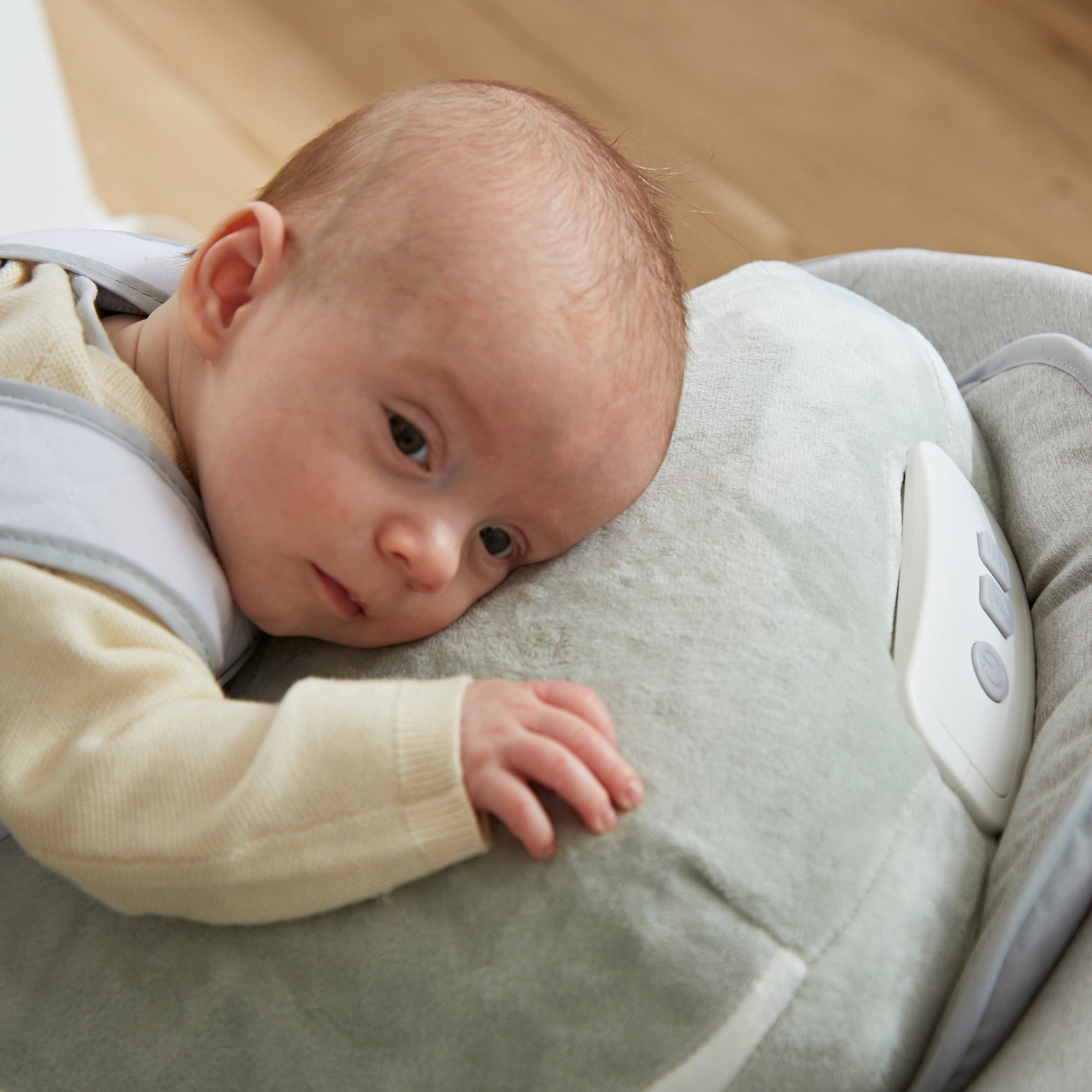Most babies are fussy from time to time. They’ve just come into the world and there is a lot to see and learn. Their bodies are changing every day, and their minds are growing faster than we could ever imagine. It can all be a little overwhelming and it’s no wonder that they sometimes seem unsettled, frustrated or upset for no obvious reason.
Many newborn and very young babies also deal with things like reflux, baby colic and wind, which can make things worse and as parents we seem to spend most of our time trying to comfort and soothe a crying baby.
While baby crying is entirely normal, it can be upsetting and frustrating, and you might worry that there is something wrong. So, let’s take a look at five in-home remedies that you could try to help soothe your fussy baby.
1. Cuddles
Often what our babies want more than anything else is a cuddle. They want our attention and love. They’ve been tucked up inside us for a long time, and they still crave that contact. So, cuddle them, hold them in your arms, or wear them in a sling. Let them be close to you.
However, cuddling your baby all the time isn’t possible, so you might find that the Babocush can give you and your baby some extra support. Cushions like the Babocush help replicate the baby's feeling of being carried, as it recreates your presence with its unique heartbeat sound and light vibrations.
2. Baby Massage
Many parents find baby massage incredibly useful at soothing a fussy baby and helping them bond. In baby massage classes, you’ll learn how to rub your baby for comfort, but also to ease any wind or tummy aches. Gently massaging your baby with a little oil just before bed could even help them to get a good night’s sleep and can reduce irritability.
3. Rocking
Babies love to be rocked, perhaps because it reminds them of the movements they felt when they were in the womb. If your baby is unsettled, try gently rocking them in your arms, a sling or a bouncer to comfort them.
You might also find that putting them in the pram and taking them for a walk helps to settle them, or even send them to sleep on a particularly bad day.
4. Warm Baths
Who isn’t comforted by a warm bath? Bathe your baby in either a baby bath or your own bath, in a small amount of lukewarm water. Gently run water over their body and hair, taking note of anything that they particularly enjoy.
Some top tips for bathing newborns include using a soft cloth or sponge, keeping one hand on your baby at all times, having a dry towel handy to wrap your baby up immediately after the bath and gently patting your baby dry. After bathing your baby, you may want to moisturise their skin to help prevent dryness.
5. Distractions
As your baby gets older, distracting them can be as good as comforting them. Try distracting them with peek-a-boo or tickles, put some gentle music on, or just speak to them.
If you are dealing with reflux, a particularly windy baby, or baby colic, it can be a good idea to get some further advice from your doctor or health visitor, especially if none of these home remedies seems to be working. It is important to trust your instincts, so if you think that you need help, ask for it.
Struggling to soothe your baby who may have trapped wind or colic? Read our blog post on how to soothe your crying or colicky baby.


